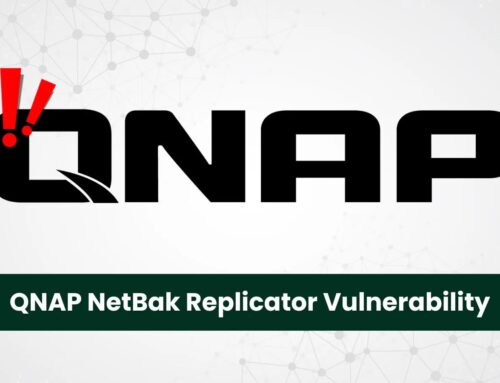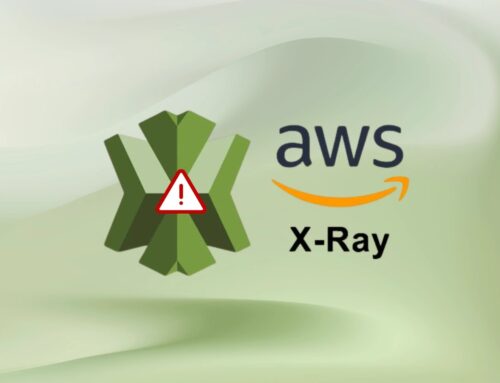
Red Hat Confirms Data Breach After Hackers Claim to Steal 570GB of Private GitHub Repositories
Red Hat Confirms Data Breach: A Deep Dive into the GitLab Incident and Its Implications
The digital landscape is a constant battleground, and even the most formidable players aren’t immune to attack. Red Hat, a titan in the open-source software world, recently faced this reality head-on. The company has officially confirmed a significant security incident involving unauthorized access to an internal GitLab instance. This breach, first brought to light by the notorious threat actor group known as Crimson Collective, underscores the persistent and evolving nature of cyber threats targeting even enterprise-level organizations.
The Breach Unpacked: What Happened?
The incident centers around an internal GitLab instance utilized by Red Hat’s Consulting team. According to claims by the Crimson Collective, they successfully exfiltrated a staggering 570GB of compressed data. This data supposedly comprises content from 28,000 private repositories. While Red Hat has not confirmed the exact volume or content of the compromised data, their confirmation of unauthorized access to the GitLab instance validates a serious security lapse.
The significance of this incident lies in the potential exposure of proprietary code, internal tools, customer data, or other sensitive information that could reside within private repositories. Such a breach can have far-reaching consequences, ranging from intellectual property theft to supply chain compromises.
Who is Crimson Collective?
The threat actor group, Crimson Collective, has emerged as a key player in this breach. While details about their motivations and capabilities are still under investigation, their public claim and the reported volume of exfiltrated data indicate a sophisticated operation. Understanding the tactics, techniques, and procedures (TTPs) employed by such groups is crucial for organizations to bolster their defenses against future attacks.
Implications for the Open-Source Ecosystem and Red Hat Customers
Given Red Hat’s central role in the enterprise open-source ecosystem, this data breach carries weight beyond its internal operations. Concerns naturally arise regarding the potential impact on:
- Software Supply Chain Security: If compromised repositories contained code used in Red Hat products or services, it could create ripples throughout the software supply chain, potentially introducing backdoors or vulnerabilities into widely used systems.
- Customer Data: Depending on the contents of the compromised repositories, customer data might have been exposed, leading to privacy concerns and potential regulatory repercussions.
- Intellectual Property: The theft of proprietary code or internal methodologies could undermine Red Hat’s competitive advantage and lead to significant financial losses.
Red Hat customers should remain vigilant and proactively monitor their systems for any unusual activity. While Red Hat conducts its thorough investigation, a proactive stance on security is always advisable.
Remediation Actions and Best Practices
While the full scope of Red Hat’s remediation efforts is yet to be fully disclosed, this incident serves as a powerful reminder for all organizations, especially those managing sensitive code and data, to reinforce their security posture. Here are key remediation actions and best practices:
- Immediate Incident Response: Upon discovery, activate a robust incident response plan. This includes isolating affected systems, containing the breach, eradicating the threat, and recovering compromised data.
- Comprehensive Forensics: Conduct an in-depth forensic analysis to understand the attack vector, the extent of data exfiltration, and any lingering threats.
- Vulnerability Management: Regularly scan and patch vulnerabilities in all software, including internal GitLab instances and other development tools. Specific vulnerabilities affecting GitLab have been identified in the past, such as CVE-2023-3881, which allowed arbitrary file reads.
- Access Control Review: Implement and enforce stringent access control policies, leveraging the principle of least privilege. Regularly review and revoke unnecessary access.
- Multi-Factor Authentication (MFA): Mandate MFA for all user accounts, especially those with access to critical systems and repositories.
- Intrusion Detection and Prevention Systems (IDPS): Deploy and meticulously configure IDPS solutions to detect and prevent unauthorized access attempts and suspicious network activity.
- Security Awareness Training: Educate employees on social engineering tactics, phishing attempts, and best practices for secure coding and data handling.
- Secure Development Practices: Integrate security into the entire software development lifecycle (SDLC), including regular code reviews, static and dynamic application security testing (SAST/DAST).
- Data Encryption: Encrypt sensitive data at rest and in transit to minimize the impact of data exfiltration.
- Regular Backups: Maintain secure, offsite backups of critical data to facilitate recovery in the event of a breach or data loss.
Tools for Detection and Mitigation
| Tool Name | Purpose | Link |
|---|---|---|
| GitLab Runner Security Scanners | Integrates security scanning directly into GitLab CI/CD pipelines (SAST, DAST, Dependency Scanning). | https://docs.gitlab.com/ee/user/application_security/ |
| TruffleHog | Scans Git repositories for exposed credentials and secrets. | https://trufflesecurity.com/trufflehog/ |
| SonarQube | Continuous Code Quality & Security platform (SAST). | https://www.sonarqube.org/ |
| OWASP ZAP | Dynamic Application Security Testing (DAST) for web applications. | https://www.zaproxy.org/ |
| Wireshark | Network protocol analyzer for detecting suspicious network traffic. | https://www.wireshark.org/ |
Looking Ahead: Enhancing Cyber Resilience
The Red Hat data breach is a stark reminder that cyber resilience is not a destination but a continuous journey. Organizations must prioritize robust security measures, proactive threat intelligence, and swift incident response capabilities. The enterprise open-source community, in particular, relies on trust and security, making incidents like these critical inflection points for strengthening collective cybersecurity defenses. By learning from these events and implementing comprehensive security strategies, we can collectively work towards a more secure digital future.





